What is Integration or iPaaS?
The Integration Platform as a Service (iPaaS) consists of a series of automated tools for connecting software applications that are deployed in different environments. iPaaS is widely used by large to SME business-to-business (B2B) companies that need to integrate local web applications and data with applications and data in the cloud etc.
But wait – there’s more,
Typically, an iPaaS platform provides prebuilt connectors, business rules, maps, and transformations that make it easy to develop integration workflows and manage application programming interfaces (APIs). Some iPaaS solution providers also offer custom development kits to link legacy applications to mobile and social applications. Popular additional features include functions to manage data quality.
Allow me to explain,
iPaaS is often used in B2B scenarios when a fast turnaround time, get rid of repetitive task is an important requirement. While IT departments may be able to do the integration themselves, it is often faster and more efficient to use a third-party iPaaS provider like Zapier, integromat or Pie-sync.
What Integration Is Best for You?
But before I share it with you,
we’ll build on this common use case to talk about integrations. What they are, how they differ, and which integration is best for you.
There are 3 types of integrations:
-
- Native Integrations.
- Custom Integrations.
- iPaas (Integration Platform as a service).
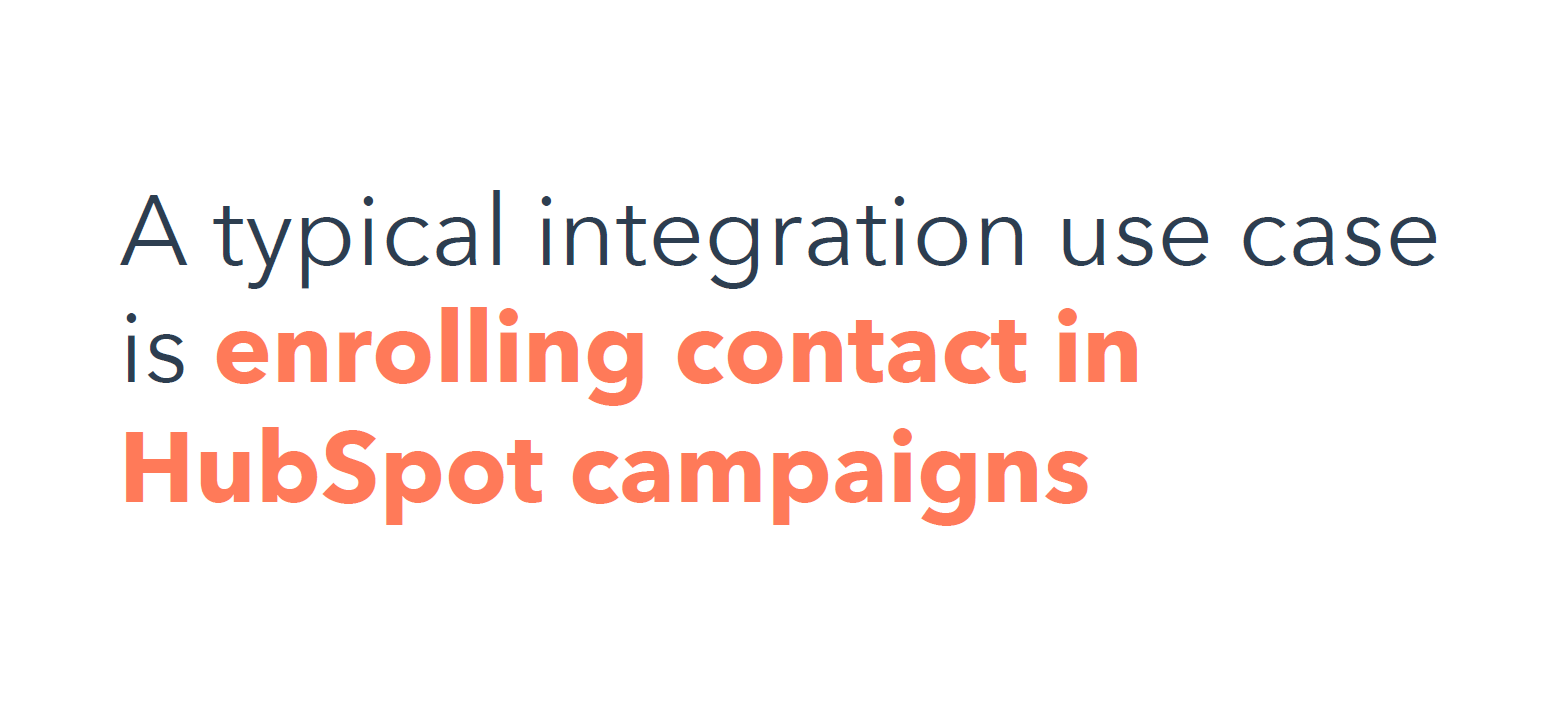
What Are Native Integrations?
Native Integrations Integrations provided out of the box by app providers.
True native API integration uses data input from one web application or software to enhance the user experience and functionality of another.
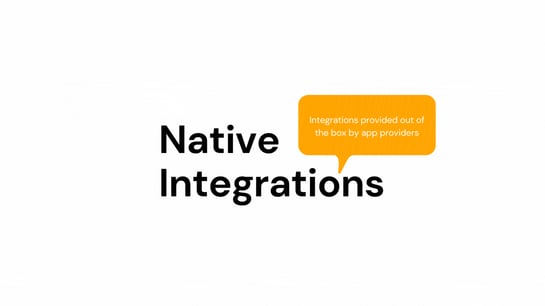
What Is an Example of a Native Integration?
Perhaps the developers at EventrApp discovered that it could integrate with HubSpot for drip campaigns.
A use case that is used often enough and they choose to provide you with an out-of-the-box integration to do just that.
This is what we would call a native integration.
What Are Advantages of Native Integrations?
Advantages of Native Integrations:
-
- Plenty of documentation available
- Trusted support
- Often free
- Easy to set up
How Can Native Integrations Support Your Business?
Native integrations can be useful because they are not only well documented, but necessary when needed, you can get assistance from the software vendor you know. Native integrations are usually available at no additional cost and Getting the integration up and running should be relatively easy.
What Are Disadvantages of Native Integrations?
Disadvantages of Native Integrations:
-
- Built to serve the most common use case
- Limited configuration possibilities
- No control over data flow
How Can Native Integrations Hurt Your Business?
The trade-off with native integrations is that software developers design these integrations for just the most common use case that may not always be exactly what you originally planned. Maybe Native integration works for you now, but you may end up growing up and wanting more.
As you grow, you want to control and tweak how data moves between apps, but native integrations are designed for plug and play. What should you do then?
If you have plenty of resources and development skills lying around, you can take a stab at custom coding an integration yourself.
What Are Custom Integrations?
Custom Integrations Self-built on APIs.
In simple terms, it means creating a custom software solution that is precisely tailored to your use case. This code can be as simple as a plugin to mix data from one database to another, to a complete custom content management system. These integrations can take hours or even weeks to develop; each one is unique.
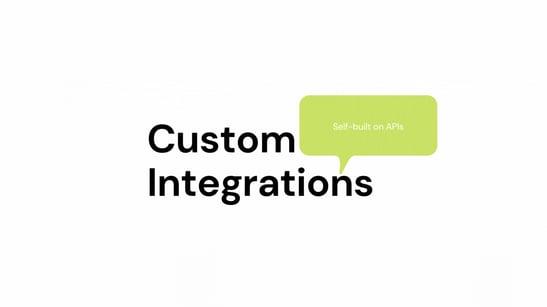
What Do Custom Integrations Do?
Most software today comes with APIs, which in layman terms act like the connector pins to allow any two apps to talk to one another.
A developer would need to program a piece of middleware software with those connector pins to allow data to move across.
What Are the Disadvantages of Custom Integrations?
Disadvantages of Custom Integrations:
-
- Costly
- Time to build
- Works only for your current stack
- Not scalable
How Can Custom Integrations Hurt Your Business?
If you can manage it, custom integrations will definitely fit the bill. However, customer-specific development takes time and money. In fact, it won't be worth it in the long run if you end up changing one app or another.You will need to change your code and start over.
Custom integrations should only be your last resort. Your best chance of success would be iPaaS.
What Does an iPaaS Do?
In a world where all of your software already sits in the cloud — we call this software as a service — it only makes sense to consider iPaaS as well.
iPaaS are platforms that help you connect a multitude of apps. They come with “connectors” to various apps, allowing you to link one app to the other.
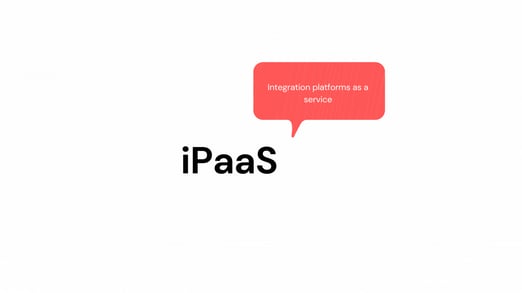
How Can iPaaS Help Your Business?
iPaaS provides you the flexibility to scale and grow better. You can dynamically choose your apps for yours software bundle, iPaaS provides you the resilient to scale your business and grow better.
What Do Different iPaaS Solutions Look Like?
Comparing Different iPaaS, Solutions:
-
- Zapier, integromat etc is the example of a trigger-action platform.
- PieSync is the example of a synchronization platform.
In a nutshell,
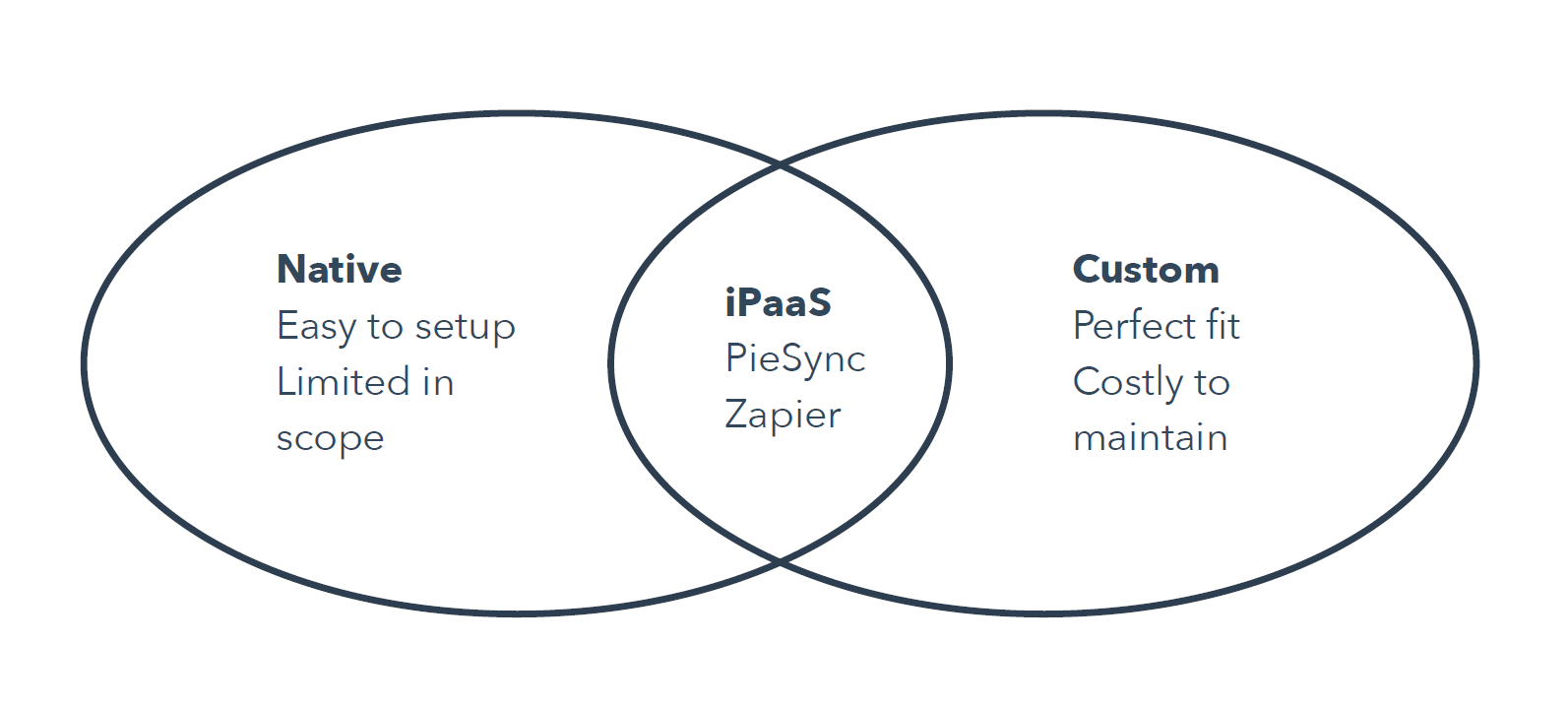
By now you’ll have realized,
there are often several ways for you to integrate two apps. There are native integrations that will be easy to set up, but could become limited in functionality as you grow.
You can also develop your own custom integration and have it do exactly what you need, but it will take time and money to develop and manage.
In the middle, you’ll find iPaas like Zapier and PieSync, which are easier to use than custom integrations and have more functionality than native ones.
Sources: TechTarget, HubSpot, zapier, integromat, PieSync, vital., jungo
Autoarti helps your SME businesses or enterprises to create high growth environments utilizing the most modern sales and marketing automatization platforms. If you need any helps with custom, native, iPaaS integration solution or any automatization with your sales, marketing & service process.
